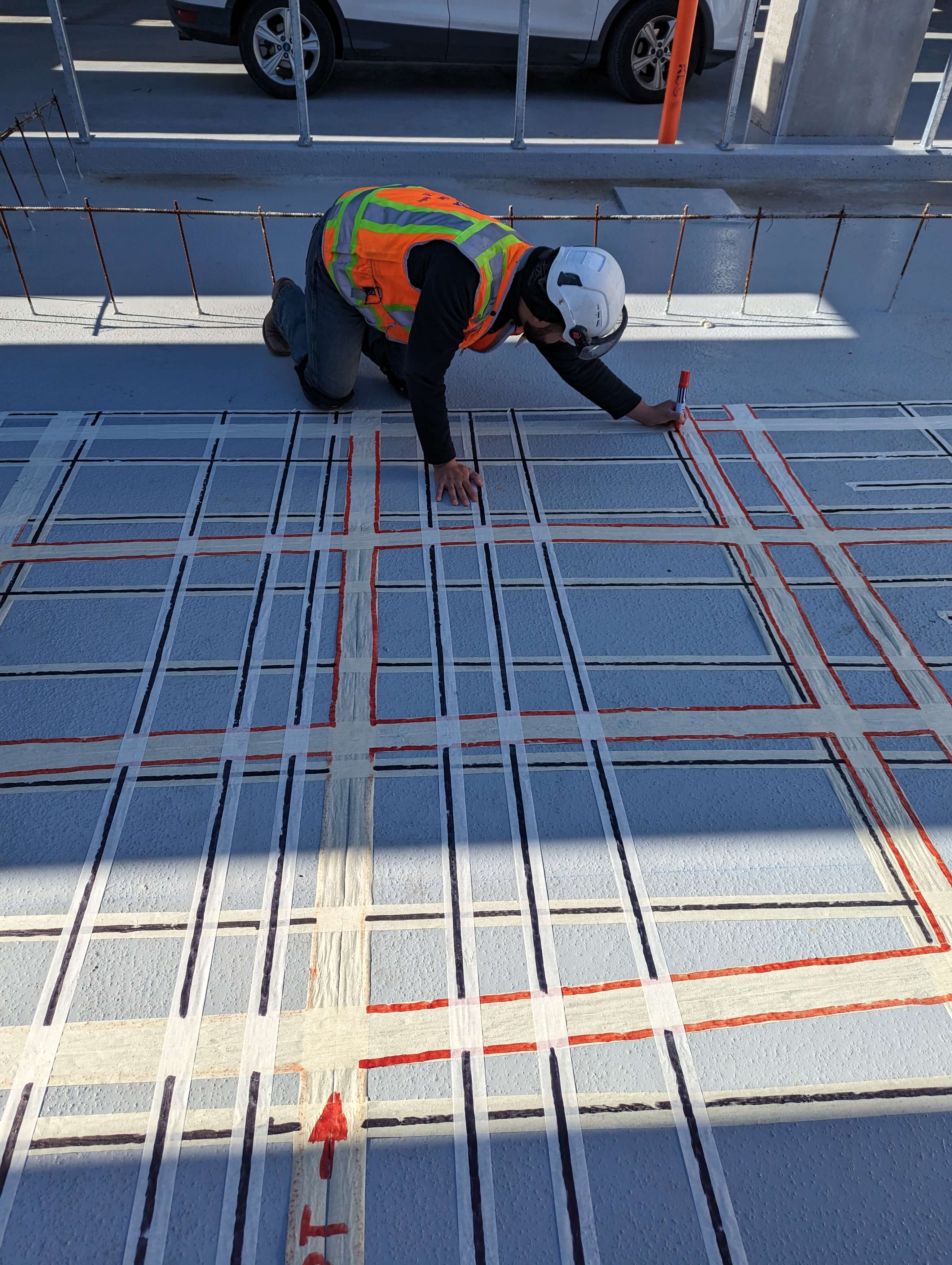Past the Surface: Leveraging Advanced Concrete Scanning Techniques for Unmatched Accuracy and Insight
In the realm of building and construction and framework upkeep, the pursuit for accuracy and thoroughness is incessant. Advanced concrete scanning methods have actually become essential devices in this quest, supplying a glimpse under the surface area to reveal a world of critical understandings. By using advanced technologies, experts can uncover abnormalities, examine the condition of concrete structures, and make educated choices that form the program of projects. The ramifications of these strategies expand far past simple surface-level evaluations, assuring a depth of accuracy and understanding that is exceptional.
Importance of Advanced Concrete Scanning
The importance of using innovative concrete scanning techniques hinges on the unmatched accuracy they offer for discovering sub-surface abnormalities and making certain architectural honesty. By employing cutting-edge innovations such as ground-penetrating radar (GPR), electromagnetic induction, and progressed finder imaging, building specialists can dive under the surface area of concrete frameworks with a degree of precision that much goes beyond typical inspection methods. Concrete Scanning. These techniques allow the recognition of hidden hazards like rebar deterioration, gaps, conduits, or post-tension cable televisions that might compromise the stability and security of a framework in time
In addition, advanced concrete scanning offers invaluable insights right into the overall problem of a concrete component without the need for intrusive actions, reducing the danger of creating damage during the analysis procedure. The capability to identify the exact location and deepness of potential concerns permits for targeted fixings and maintenance, eventually prolonging the life-span of the framework and maximizing its efficiency. Essentially, the significance of advanced concrete scanning can not be overemphasized in the realm of construction and framework maintenance, where accuracy and reliability are paramount.
Kinds of Cutting-Edge Technologies

Anomalies and Issue Detection
In addition to GPR, concrete scanning strategies like thermography and impact-echo navigate to these guys testing are also reliable in spotting flaws and abnormalities. By leveraging these sophisticated strategies, experts can proactively resolve structural problems, ensuring the durability and security of concrete frameworks.
Assessing Concrete Condition
How can engineers properly evaluate the problem of concrete frameworks to ensure their durability and safety and security? Various sophisticated concrete scanning strategies are employed for this function. Ground-penetrating radar (GPR) is generally used to examine the inner structure of concrete, identifying voids, fractures, and various other anomalies that may jeopardize its stamina.
Furthermore, aesthetic examination remains a fundamental component of concrete problem assessment. Engineers aesthetically check out the surface for signs of damage, such as spalling, fracturing, or discoloration. Combining non-destructive testing methods with visual evaluations enables a detailed analysis of concrete problem, making it possible for designers to recognize possible concerns early and implement prompt upkeep or fixings. By leveraging these innovative strategies, designers can make sure the long-lasting longevity and safety and security of concrete frameworks.
Enhancing Decision-Making Procedures
In the world of facilities management, optimizing decision-making procedures is critical for making sure the efficient upkeep and durability of concrete structures. Boosted decision-making processes in concrete monitoring include utilizing innovative scanning techniques to collect comprehensive information on the condition of frameworks. By leveraging innovations such as ground-penetrating radar and 3D imaging, stakeholders can make informed choices pertaining to reinforcement, substitute, or repair approaches.
These advanced scanning methods provide vital insights into the inner composition of concrete, determining possible issues such as spaces, fractures, or deterioration that may not show up externally. This level of in-depth information permits positive upkeep planning, reducing the threat of architectural failures and enhancing the total lifespan of concrete structures.
In addition, by incorporating digital documentation and analysis tools into the decision-making process, stakeholders can track the development of concrete problems gradually, making it possible for anticipating upkeep strategies and optimizing this content resource allocation. Ultimately, the integration of advanced concrete scanning techniques enhances decision-making processes Get More Information by providing unmatched accuracy, insight, and performance in framework management.
Conclusion
To conclude, advanced concrete scanning strategies offer exceptional accuracy and understanding in identifying abnormalities, defects, and examining the problem of concrete frameworks. By leveraging sophisticated technologies, decision-making procedures can be improved, resulting in even more enlightened and effective options for preserving and repairing concrete framework. These strategies play a crucial function in guaranteeing the safety and longevity of concrete frameworks, making them a crucial tool in the field of building and engineering.
Furthermore, advanced concrete scanning provides very useful insights right into the general problem of a concrete aspect without the need for invasive measures, lessening the risk of triggering damage during the analysis process - Concrete Scanning. An additional ingenious innovation is 3D X-ray scanning, which gives comprehensive photos of the internal framework of concrete, supplying important details without the need for harmful screening. Additionally, Concrete Cover Meters are made use of to gauge the thickness of concrete cover over support bars properly. Improved decision-making processes in concrete monitoring entail utilizing innovative scanning techniques to collect comprehensive information on the problem of frameworks.In conclusion, advanced concrete scanning strategies supply exceptional precision and understanding in spotting anomalies, flaws, and analyzing the condition of concrete structures